The Double Queens Gambit Alexey BezgodovThe Double Queens GambitA Surprise Weapon for BlackNew In Chess 2015 2015 New In Chess Published by New In Chess, Alkmaar, The Netherlands www.newinchess.com All rights reserved. No part of this book may be reproduced, stored in a retrieval system or transmitted in any form or by any means, electronic, mechanical, photocopying, recording or otherwise, without the prior written permission from the publisher. Cover design: Volken Beck Translation: Steve Giddins Supervisor: Peter Boel Proofreading: Ren Olthof Production: Anton Schermer Have you found any errors in this book? Please send your remarks to and implement them in a possible next edition. ISBN: 978-90-5691-611-4 Explanation of SymbolsThe chessboard with its coordinates:
 | White to move |
 | Black to move |
| King |
| Queen |
| Rook |
| Bishop |
| Knight |
| ! | good move |
| !! | excellent move |
| ? | bad move |
| ?? | blunder |
| !? | interesting move |
| ?! | dubious move |
 | White stands slightly better |
 | Black stands slightly better |
 | White stands better |
 | Black stands better |
| + | White has a decisive advantage |
| + | Black has a decisive advantage |
| = | balanced position |
| unclear |
| # | mate |
Introduction The Double Queens Gambit is a name so far unknown to chess players. This is my name for the opening which starts 1.d4 d5 2.c4 c5.
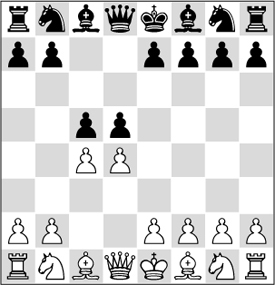
This aggressive thrust with the c-pawn looks very unusual and even somewhat scary.
How can it be? Without any preparation, Black, acting as if he thinks he is White, copies the latters play? This is a breach of classical canons, and of the rules of playing the opening! That is what many would think. However, things are not so simple. Blacks attempt to solve his opening problems with this immediate central counterattack has been known for a long time and was used by many classical players, including World Champions. In reality, this sharp attempt has no refutation. In our day, it is played by quite a few grandmasters. The leading players who have used the opening: Emanuel Lasker, Max Euwe, Rudolf Spielmann, Vera Menchik, Gyula Breyer, Siegbert Tarrasch, Jacques Mieses, Frank Marshall, Carl Schlechter, Georg Marco, Nikola Padevsky, Richard Rti, Pal Benko, Burkhard Malich, Andrija Fuderer, Jeroen Piket, Heikki Westerinen, Arthur Bisguier, Maxim Dlugy, Peter Svidler, Boris de Greiff, Ilmar Starostits, Mikhail Ulibin, Evgeny Gleizerov, Yury Kryvoruchko, Mikhailo Oleksienko, Zsuzsa Polgar, Konstantin Landa, Roman Ovetchkin An impressive list, dont you think? It would be premature to describe it as great, but the fact that so many strong players from different epochs have been and are willing to use this apparently risky-looking variation attests to its reliability.
How did the name Double Queens Gambit come about? Looking through the games in the line, I noticed the remarkable degree of variation in the names used for it. Some sources call it the Queens Gambit, others the English Opening, and occasionally it is even called the Caro-Kann. And so I took the decision to name it in a way that would not create any confusion. The Double Queens Gambit (hereafter referred to as DQG) is characterised by the very early establishment of the pawn quartet c4-c5-d4-d5. Meanwhile, the other pawns remain at home for the time being. Earlier (and even still today) the opening could arise via the move-order 1.f3 f6 2.d4 d5 3.c4 c5 4.cxd5 cxd4.
There are many other move-orders. The main one, the most topical and dangerous line for Black to this day, is 1.d4 d5 2.c4 c5 3.cxd5! xd5! 4.f3 cxd4 5.c3 a5 6.xd4 f6 or 6e5. This is dealt with in Part 6. If the white knight comes to f3 at move 3, or earlier, it seems to me that this helps Black. In attempting to give due credit to those who have studied this opening before me, I should mention the names of the Austrians, Hans Haberditz (1901-1957) and Hans Mller (1896-1971). Several decades ago, they analysed the line quite thoroughly (in the pre-computer era).
The results of their work were published in various articles in my book, these variations are studied from scratch. Naturally, I do not agree with all of their conclusions. But even so, these authors contribution to the development of the line is quite considerable, and it is no coincidence that in a number of countries, it is known as the Austrian Variation. This book is devoted to a very sharp attempt by Black to solve his problems immediately in the closed openings. It is no secret that many players do not like to take on a lengthy defensive task, which can often arise after 1.d2-d4, thanks to the gigantic body of modern theory. Whatever opening Black chooses, in all lines he either faces dangerous tactical lines, or rather passive, cramped positions.
In order to play dynamic openings (such as those involving a fianchetto of the kings bishop, for example), he not only has to accept great strategic risk, but also the fact that a highly booked-up opponent may lure Black into a prepared variation. Things can be very difficult for Black! My book sets itself a large and difficult task to save the black player from lengthy opening suffering, and ensure him a solid, and at the same time quite active position. How did this come about? A couple of years ago, whilst studying some games from the world blitz and rapid championship, I noticed that the elite GM Shakhriyar Mamedyarov had fearlessly played against strong opponents the line 1.d4 d5 2.c4 c5!?. This was nothing terribly surprising in itself, as the Azeri GM is noted for his fighting and uncompromising style. But what did surprise me was that his results with this line were very good, and his opponents seemed to have no convincing responses to this rather committal opening. I became very interested, studied many of his games, did my own analyses, and eventually decided to publish this book.
If the worlds top grandmasters could not get any real advantage against this energetic and fighting line, then this must mean that it fully deserves the right to exist. If it is correct (and that is my opinion at this moment), then it closes off practically all of Whites chances to get an advantage. There is comparatively little to study. The exceptionally early central conflict leads to a quick exchange of a pair of pawns on each side, on the c- and d-files. This in itself eases the defence. However, White retains an advantage in development.
It is not very great, and as happens in many modern openings, Black can extinguish it quite quickly, with accurate defence. The result is a symmetrical and relatively simple position, with no weaknesses and very decent prospects for Black what more can one ask? I am convinced that my book can provoke considerable interest from players of all levels, from amateur to grandmaster. The surprise effect is, of course, considerable, but even with good preparation by White, one can oppose him with confidence. I am sure that this system of play will bring many practical successes and much creative satisfaction to those who study this book thoroughly and have the courage to play the line in practice. I will say that I myself play the line constantly, and very few of my opponents (including grandmasters) have achieved any real advantage. Therefore my results as Black have improved.
Next page
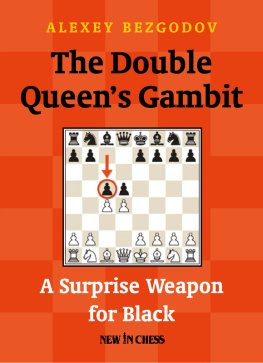
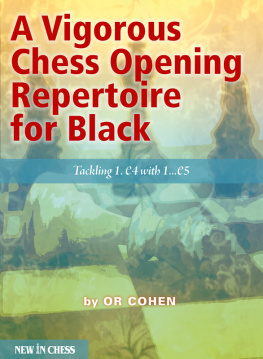
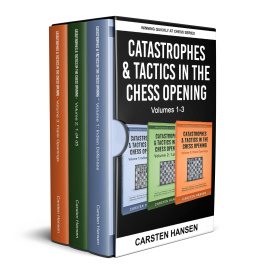

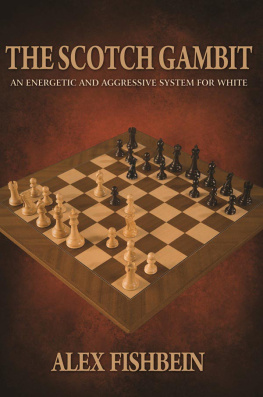
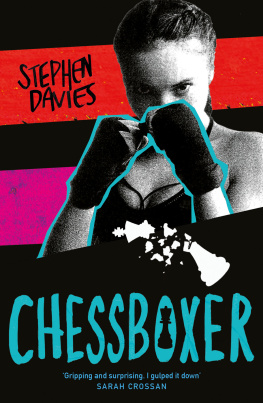

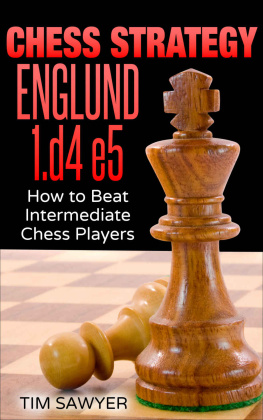
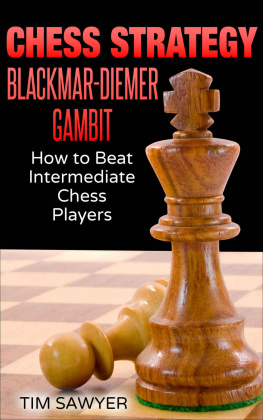

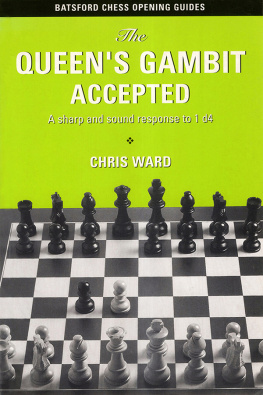
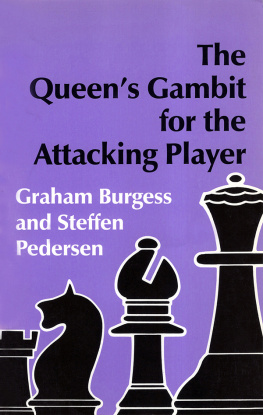
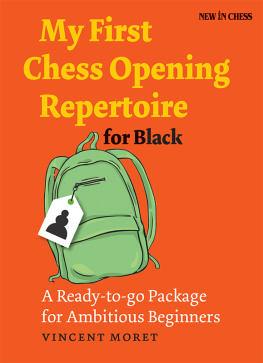







 This aggressive thrust with the c-pawn looks very unusual and even somewhat scary.
This aggressive thrust with the c-pawn looks very unusual and even somewhat scary.